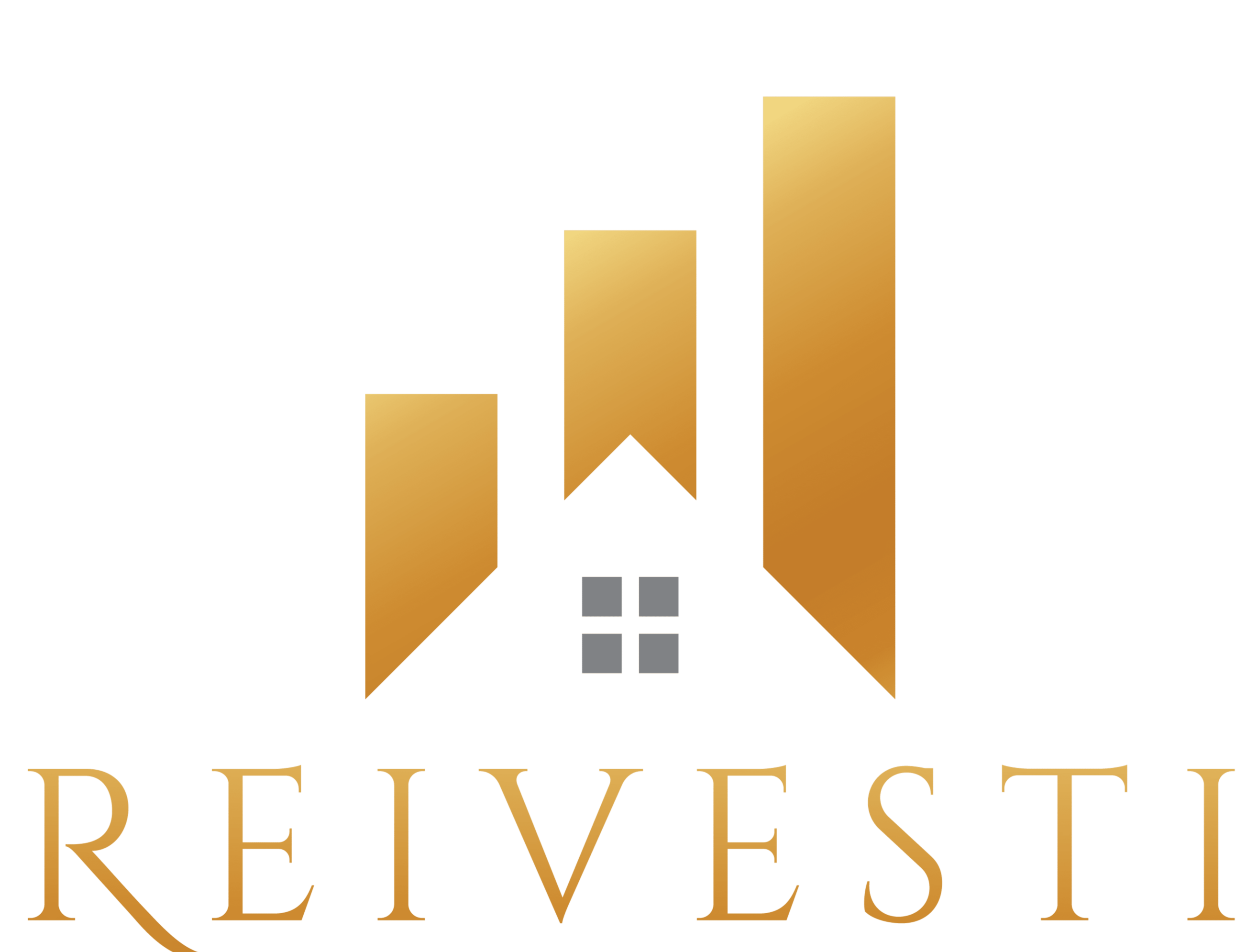Investing in multi-family properties in Miami FL may appear to be a surefire way to secure a steady cash flow. However, not all properties are created equal. In this article, we will guide you on how to assess the value of a multi-family property in Miami FL so that you can determine its worth.
When considering an investment in a multi-family property in Miami FL, it is essential to look beyond the price and consider the overall value. The price represents what you pay upfront, while the value refers to the benefits you can expect to receive from the property. Compared to a single-family home, a multi-family building inherently offers more value due to a reduced risk of vacancies.
Nevertheless, maintaining multiple units comes with additional costs. Here are the key factors to consider when evaluating a multi-family property investment in Miami.
How To Know If A Multi-Family Property Is Worth It in Miami
Assessing Operating Expenses
How much will it cost to maintain the property? This includes expenses for cleaning, landscaping, and general upkeep. Given the higher turnover rate often associated with multi-family properties, you might incur additional costs for cleaning, carpets, and painting. To estimate expenses for a potential multi-family investment in Miami FL, you can utilize the 50% rule. This rule suggests taking your income, dividing it in half, and using that figure as an estimate for your expenses.
Additionally, it is crucial to set aside reserves for major repairs. Water heaters, dishwashers, and AC units, while expected to have a reasonable lifespan, may eventually require replacement or repair.
Keep in mind that investing in a multi-family property in Miami FL requires wearing multiple hats, such as that of a maintenance person, landlord, property manager, and sales professional. If you anticipate needing assistance in any of these areas, ensure that you include those costs in your operating budget.
Net Operating Income (NOI)
NOI represents the annual income you can expect to generate after subtracting the operating expenses. Deduct any mortgage payments or loans you have against the property. To determine how long it will take to recoup your investment, you will need to be aware of the average vacancy rate.
Cap Rate
To gain a comprehensive understanding of potential returns, it is important to analyze the cap rate of the property. Calculate the cap rate by dividing the NOI by the property’s cost. A higher cap rate implies greater risk but also offers the potential for higher returns. Conversely, a lower cap rate signifies a safer investment with reduced returns. A reasonable cap rate to aim for is around 6%.
Adding Value
The ultimate goal is to increase the NOI while ensuring fairness to your tenants. Cosmetic upgrades, such as new appliances, fresh paint, and improved landscaping and fixtures, can justify an increase in monthly rent. Additionally, introducing new revenue streams, such as parking fees, laundry fees, application fees, pet fees, and late fees, can significantly boost your income.

